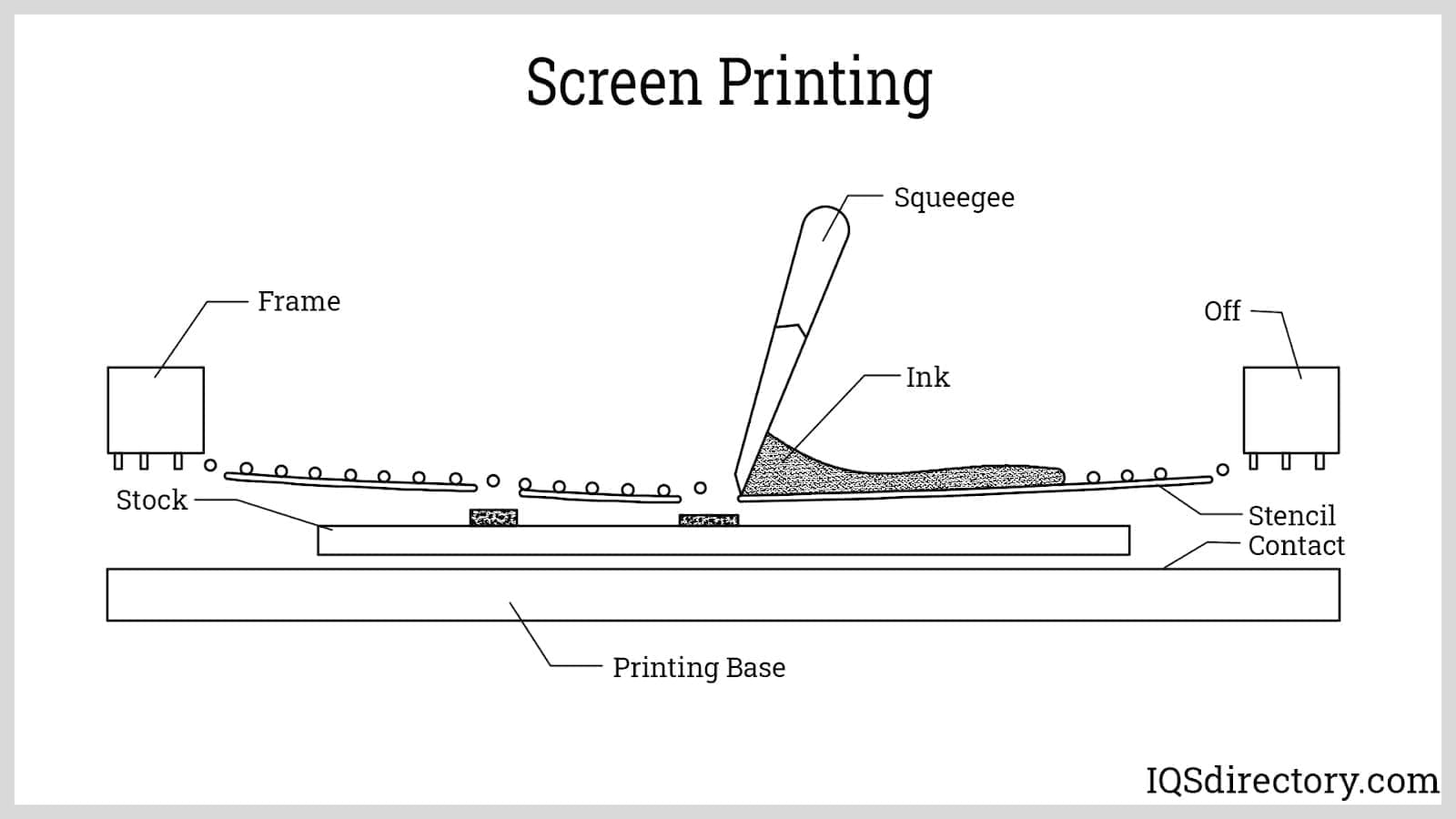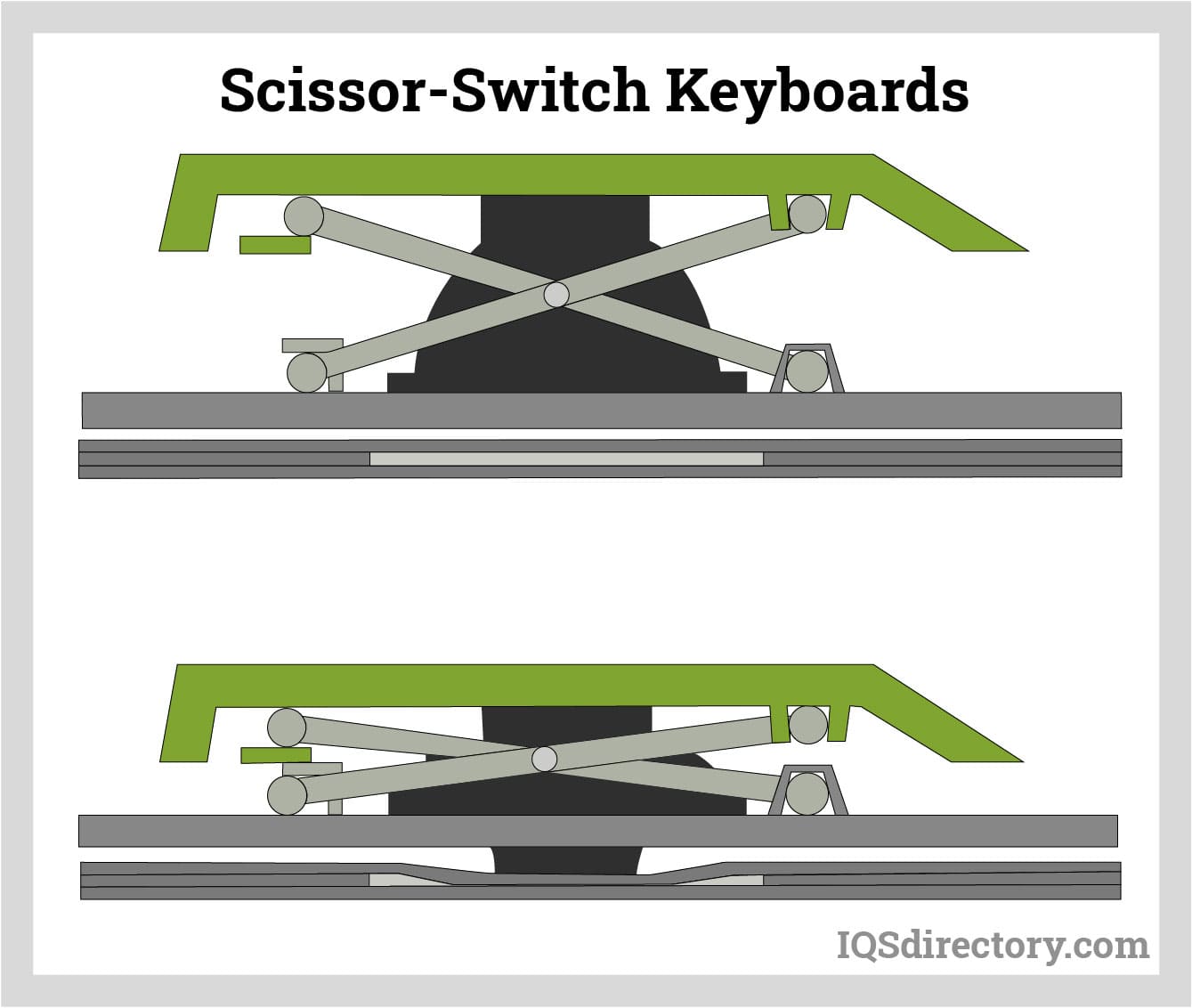The Production Refine Behind Membrane Switch Over: What You Required to Know
The manufacturing process behind membrane layer switches combines careful style, product option, and quality assurance. It starts with recognizing the ins and outs of membrane layer button design and proceeds via various stages, including product choices and printing methods. Each stage plays a crucial duty in guaranteeing capability and toughness. The complexities of layer building and construction and the extensive testing requirements might expose understandings that are not right away noticeable. What lies past these foundational components?
Understanding Membrane Switch Layout
Membrane layer buttons might show up basic at very first glance, their style involves intricate considerations that ensure capability and sturdiness. The style procedure starts with a thorough understanding of user demands, including the user interface's desired application and environmental variables. Ergonomics is a crucial element, as the layout needs to assist in convenience of usage while making sure that tactile feedback fulfills user expectations.Moreover, the layering of parts, such as graphic overlays, glue layers, and conductive traces, must be specifically crafted. membrane switch. This split arrangement not just affects the button's responsiveness however likewise affects its longevity. Focus is offered to the sealing strategies used to safeguard against moisture and dirt, which could compromise efficiency. In addition, style factors to consider reach appearances, where color pattern and visual quality improve customer experience. Eventually, the style of membrane layer switches over balances capability, customer experience, and longevity, making sure that they fulfill the demands of various applications properly
Products Utilized in Membrane Layer Switch Manufacturing
When choosing products for membrane button production, it is important to consider both efficiency and longevity. The main materials consist of polyester and polycarbonate films, which provide flexibility and strength. These films are frequently coated with sticky to assure proper bonding to substrates. Conductive inks, normally composed of silver or carbon, are critical for developing electrical links within the button, permitting reputable operation.Additionally, a protective layer, such as a tough layer, is often used to boost scratch resistance and durability. The option of backing product, such as acrylic or foam, can significantly impact the switch's responsive feel and total individual experience. Furthermore, various ecological elements, including temperature and moisture, must direct material selection to assure peak performance in certain applications. Eventually, the ideal combination of materials adds to the membrane layer button's performance and life expectancy, making informed choices vital for makers.
The Printing Refine: Creating Video and Text
The printing procedure in membrane layer button manufacturing plays a substantial role in creating high-quality graphics and message. Numerous graphic layout techniques are utilized to guarantee visual appeal and functionality, while careful ink option approaches are necessary for durability and performance. Recognizing these components is basic for attaining best outcomes in membrane button layout.
Graphic Style Techniques
Graphic layout techniques play a necessary role in the printing procedure of membrane buttons, as they specify exactly how graphics and message will inevitably show up on the final product. Effective visuals design includes the calculated use of font styles, colors, and designs to improve readability and aesthetic appeal. Developers often utilize vector graphics for scalability, guaranteeing that photos continue to be sharp at different dimensions. Furthermore, interest to comparison and positioning is crucial, as it affects customer communication and visual high quality. The unification of branding components, such as logo designs, should be managed with like maintain brand honesty. In general, thoughtful graphic layout strategies add significantly to the capability and appearance of membrane layer switches, influencing user experience and product efficiency.
Ink Choice Methods
Choosing the ideal ink is essential for attaining the preferred visual quality and longevity in membrane layer button production. Numerous ink kinds are made use of, including solvent-based, water-based, and UV-curable inks. Each kind provides distinctive features, such as flexibility, adhesion, and resistance to environmental variables. Solvent-based inks are frequently favored for their longevity and vivid colors, while water-based inks are extra eco pleasant however may have restrictions in bond. UV-curable inks provide quick treating and robust efficiency. Additionally, shade matching strategies guarantee that the chosen inks straighten with design specs. Ultimately, the option of ink must consider elements such as application technique, substratum compatibility, and end-use needs to achieve exceptional results in membrane button graphics and message.
Layer Building And Construction and Assembly

Material Choice Refine
A mindful selection of materials is vital in the production process of membrane layer switches, as it directly affects capability and resilience. The primary products utilized consist of polyester, polycarbonate, and various conductive inks. Polyester is frequently favored for its outstanding resistance to chemicals and abrasion, making it ideal for extreme settings. Polycarbonate, on the various other hand, gives premium quality and effect resistance, which is useful for applications needing visibility and effectiveness. Conductive inks, typically composed of silver or carbon, are important for producing reputable electric pathways. Furthermore, the option of adhesive materials influences the general integrity of the switch - membrane switch. Evaluating elements such as environmental exposure, responsive responses, and visual demands guides makers in picking the finest products for their particular applications
Layer Adhesion Techniques
Sticking layers in membrane switch building and construction is an important procedure that guarantees performance and long life. Different bond techniques are employed to secure ideal bonding in between layers, which typically consist of the usage of adhesives, heat, and pressure. Pressure-sensitive adhesives (PSAs) are commonly used for their simplicity of application and prompt bonding capacities. In addition, thermal bonding techniques can be applied, where warmth is used to trigger glue residential properties, protecting a strong bond. The option of bond technique largely depends upon the materials involved and the specific application requirements of the membrane switch. Appropriate placement and uniform application of adhesives are vital to prevent problems, securing the switch runs successfully throughout its desired life-span.
Quality Assurance Measures
Assuring quality assurance throughout the layer construction and assembly of membrane layer buttons is essential for preserving efficiency and integrity. This procedure usually entails numerous critical measures, consisting of complete examinations at each phase of manufacturing. Suppliers make use of advanced screening approaches, such as peel examinations and adhesion analyses, to validate the stability of layer bonds. Furthermore, visual assessments are carried out to recognize any kind of defects in printing or product incongruities. Ecological problems, such as temperature and humidity, are meticulously kept track of to assure optimal healing and adhesion. Routine calibration of devices helps use this link maintain exact production standards. By applying these high quality control procedures, suppliers can greatly lower the risk of item failure, ensuring that the last membrane switches fulfill the called for specs and client expectations.
Checking and High Quality Control Measures

Technologies in Membrane Layer Switch Modern Technology
As innovations in innovation remain to develop, membrane buttons are profiting from cutting-edge growths that improve their Your Domain Name capability and user experience. One significant technology is the assimilation of capacitive touch modern technology, which permits for even more intuitive and receptive interface. This change not just improves looks but additionally minimizes mechanical damage, extending the life-span of the switches.Additionally, developments in visuals overlay materials have actually caused enhanced durability and resistance to environmental factors such as moisture and UV light. These products now use boosted clarity and brightness, further elevating the visual appeal.Furthermore, the consolidation of clever innovation is changing membrane layer changes into interactive control board, enabling connectivity with IoT devices. This connection cultivates a seamless customer experience, leading the way for applications in different markets, from health care to customer electronic devices. Collectively, these technologies placement membrane changes as vital components in contemporary tool style.
Regularly Asked Concerns
The length of time Does the Membrane Change Manufacturing Process Take?
The period of the membrane switch production process can differ considerably. Variables such as intricacy, materials used, and production volume influence timelines, with typical production varying from a couple of days to a number of weeks for conclusion.
What Are the Common Applications for Membrane Buttons?
Membrane layer switches are typically utilized in various markets, consisting of vehicle controls, house home appliances, medical tools, and consumer electronics (membrane switch). Their versatility and toughness make them ideal for applications calling for user-friendly interfaces and reliable efficiency in diverse settings
Can Membrane Changes Be Personalized for Specific Demands?

What Is the Lifespan of a Typical Membrane Switch?
The lifespan of a regular membrane layer switch differs, but usually, it varies from 1 to 5 million cycles. Aspects such as usage, environment, and worldly high quality substantially influence resilience and general performance gradually.

Are Membrane Layer Changes Ecologically Friendly?
The environmental kindness of membrane changes differs. browse around these guys Some products utilized may not be recyclable, while others can be environment-friendly. The general impact relies on producing practices and materials, requiring cautious consideration throughout option and disposal. The manufacturing procedure behind membrane switches combines cautious style, product option, and high quality control. It starts with understanding the ins and outs of membrane button style and progresses via numerous phases, including product selections and printing methods. When choosing products for membrane button production, it is vital to ponder both efficiency and resilience. A cautious option of products is necessary in the manufacturing procedure of membrane layer switches, as it straight influences performance and durability. The option of bond technique mostly depends on the products involved and the particular application requirements of the membrane layer button.